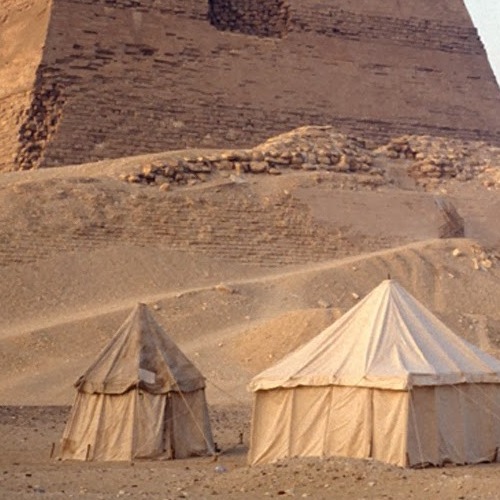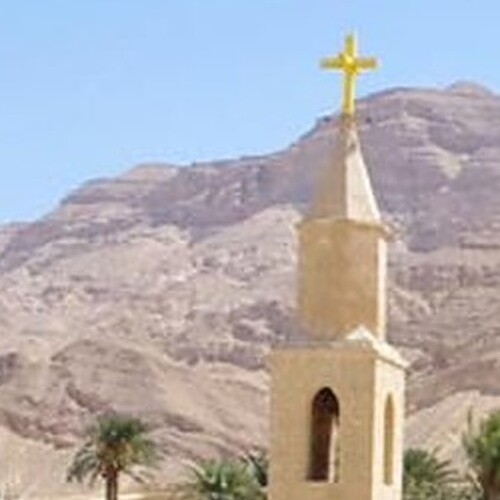Pyramid of Meidum
Pyramid of Meidum
The Pyramid of Meidum, an enigmatic monument of ancient Egypt, stands solitary near Al-Fayoum‘s entrance, approximately 50km south of Dashur. It rests on the precipice where lush, cultivated land yields to the starkness of the desert. Initially attributed to King Huni of Dynasty III, due to the absence of any other pyramid in his name, the current archaeological consensus leans towards Snefru, Huni’s son and successor, as its true architect. This shift in belief stems from the lack of any record of Huni in the pyramid, contrasted with findings of graffiti dated to Snefru’s 17th year and a Dynasty XVIII graffiti mentioning Snefru in the pyramid’s mortuary temple.
Constructed in stages, Meidum’s pyramid initially resembled the older step pyramids, starting with seven tiers before evolving to eight. Subsequent modifications saw these steps encased in finer stone, transforming it into a smooth-sided structure. This evolutionary design marks Meidum as a critical transitional form in pyramid architecture, bridging the gap between earlier step pyramids and the later grandeur exemplified by the Giza pyramids.
Today, the Pyramid of Meidum presents a striking silhouette against the desert backdrop, with only three of its original steps visible, protruding from a mound of rubble. Theories about the loss of its casing range from early construction collapse to earthquakes, but the most plausible explanation is the quarrying of its stones, a practice noted by Flinders Petrie in the late 19th century.
The pyramid’s north face entrance, set 18.5m above ground, is a design innovation later adopted by other pyramid builders. Visitors today ascend a staircase through the debris to a sloping passage that descends to the bedrock beneath the pyramid’s base. This passage leads to a burial chamber, notable for its corbelled roof and remnants of an ancient wooden beam, which might have been used for placing the sarcophagus. Intriguingly, no sarcophagus or royal remains were found, suggesting that the pyramid may never have served as a tomb. However, Petrie did discover a plain wooden coffin in the entry corridor, possibly dating back to the Old Kingdom, now housed in the Petrie Museum in London.
Another significant feature at Meidum is the advent of the satellite pyramid, with its remains found on the southern side of the main structure. On the eastern side, Petrie unearthed a small limestone offerings chapel, possibly the precursor to the larger mortuary temples of later pyramids. The chapel’s vestibule and courtyard, complete with a central altar and two tall stelae, hint at the grandeur that once was. The pyramid and temple, once enclosed within high limestone walls, also featured a nearly 200m long causeway, ending in an as-yet undiscovered valley temple.
Snefru’s architectural experiments did not end at Meidum. He continued refining his pyramid-building techniques at Dashur with the Bent and Red Pyramids. Additionally, a small step pyramid at Seila, recently dated to Snefru’s era, further attests to his architectural pursuits. The reasons behind Snefru abandoning Meidum and his residential city, Djedsnefru, remain shrouded in mystery, particularly as the structure seemingly remained intact until at least the New Kingdom.
The Pyramid of Meidum stands today as a silent testament to the evolutionary journey of pyramid construction in ancient Egypt, offering a unique glimpse into the architectural ambitions and innovations of a civilization that continues to captivate the world.
Created On May 4, 2020
Updated On January 26, 2024



